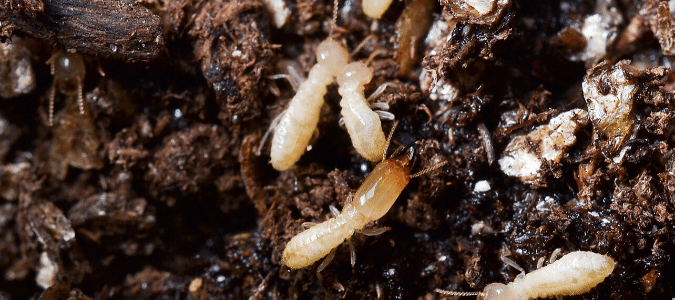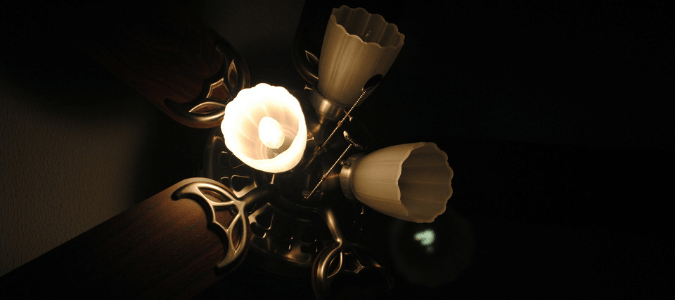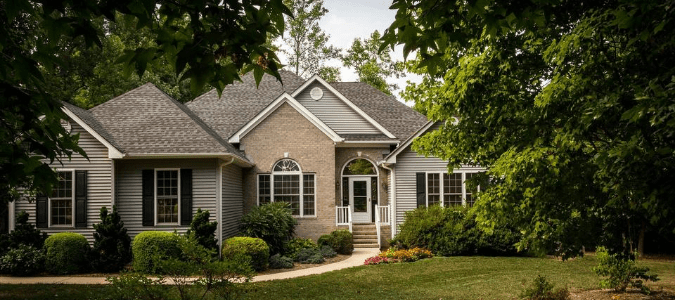Termites. Even the word can make a homeowner shudder and feel anxious. This idea of this pest taking up residence brings up thoughts of extensive damage—and cost. Termites generally feed on wood, but they also snack on insulation, pool liners, books and paper. Knowing what to look for and how termites operate will help you make smart decisions if you come across them.
How To Tell You Have Termites
You might see what looks like flying ants around your home, but don’t be so sure. They could be termite swarmers. You may also find dead swarmers on a windowsill. If you aren’t sure whether the insects you are seeing are termites, contact a pest control professional to get the answers. Learning how to spot signs of termites in your home is actually pretty easy.
Subterranean termites live below ground, so you wouldn’t be able to find a termite mud nest. Instead, what you can see are termite mud tubes. These look like rounded lines of dirt running up from the ground to the wood part of your home, whether it be siding, the frame or lattice used in gardening. These tubes are the roads termites use to move from the nest to the wood in your home. They also use these paths to move from your home to the nest, where they use the cellulose from wood to feed other termites.
To be sure that what you are seeing are termite mud tubes, knock away about an inch of the tube around its center and watch to see if termites come out. That is a definite sign of termites. This is when you know it’s time to call a pest control professional.
You also might see damage caused by termites inside your home, around window sills, door frames or other areas made of wood. If you are unsure if the damage you see could be from termites, poke suspicious areas with a screwdriver or another sharp object and look for tunnels or galleries.
The tunnels or galleries would follow the grain of the wood and are lined with mud or have a spotted and pale look due to fecal material on the surface of the tunnels. You can knock on the wood with a screwdriver or hammer and listen for a dull thud, which could indicate that there is damage inside. A pest control professional can assess whether what you are seeing is due to termite activity.
Note that, though less common, drywood termites could be present in your home. This type does not nest in the ground and requires a different kind of treatment that is more expensive. Talk to your pest control professional to be sure which kind might be visiting your home. Then, they can create the best termite treatment plan for your particular problem.
Are Termites Attracted to Light?
So you might be wondering: If most termites in the area live underground, how would you see them flying around inside? The answer is simple: light attracts swarmer termites. This is why you might see a group of dead swarmers around a window sill if you have been away from home for a while. The swarmers fly toward the light that streams in through the window. Termites are nocturnal insects, which is why the light attracts them. They generally travel around in the late afternoon or evening.
Termite Life Cycle
Termites are social insects. As noted above, subterranean termites’ nests are in the soil. Winged male and female termites that will reproduce come out during the spring, usually after rain. These winged termites need the proper temperature, light and moisture to leave the nest.
First, the king and queen termite mate and find a place to build a colony. The pair stays together because they need to mate often for continuous egg production in order for their colony to grow. The queen can even lay thousands of eggs a year and does this for about five years.
Termites develop from egg to adulthood in two to seven weeks. Eggs turn into wingless nymphs that then grow through three stages. The first stage takes 10-14 days, the second one takes 2-3 weeks and the third state requires about 3-4 weeks.
Worker termites are the only type at the beginning of the mating cycles. Eventually, eggs develop into three different types of termites: false workers with no wings that molt all the time; nymphs with wing pads that will grow into winged reproductive termites; and soldier nymphs.
Soldier nymphs protect the colony from invaders such as ants. Most members of the colony, however, are workers that have all different types of jobs. Some workers “keep house,” taking care of the nesting site and looking after the queen and the larvae. Other workers search for food. These are the types that are usually found in an infestation.
How Do You Get Termites?
Just like people, termites are drawn to homes because they are looking for water and food. Moisture is very important for termites to stay alive, and their food source is wood, paper and anything that contains cellulose.
Knowing this, it’s especially helpful to know how termites get in your home. Homeowners can help prevent termites from moving in by keeping excess soil and wood mulch away from the foundation of your home. This shuts down part of the pathway termites use to enter your walls and find food. If you have a lattice on the side of your home, like a trellis to hold an ivy or other plant, cut it off well above the soil so it will not attract termites.
For the best outcome, consult a pest control professional for other tips on preventing an infestation. If you think that you might have a problem, call an expert to check for damage or mud tubes on the foundation or eaves of your home. It can take years for damage to build up long enough to notice them feeding on your home. This is why it’s a good idea to have an annual termite inspection by a pest control professional.
Termite damage can be repaired, and if you stay on top of inspection and maintenance, any damage you have doesn’t have to be expensive to fix. Ridding your home of an infestation isn’t something you should attempt on your own. Call a professional to make sure you get these pests controlled.
ABC Can Rid Your Home of Termites
Termites are responsible for costing homeowners across the U.S. billions of dollars in property damage. If you believe you may have termites on your property, contact ABC Home & Commercial Services. We use scientifically proven methods to eliminate these pests, so you can have peace of mind. We even have options for termite control for new construction.


